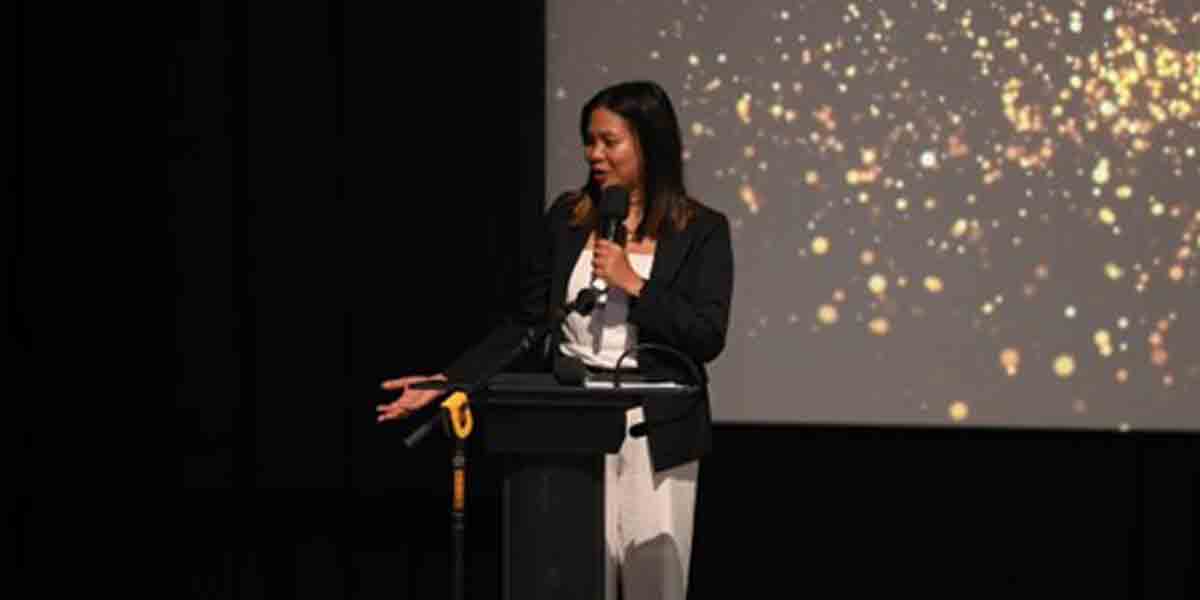 By Alex P. Vidal
By Alex P. Vidal
“I always lose the election in the polls, and I always win it on election day.”—Benjamin Netanyahu
WE know that when we elect our president in the Philippines every six years, the candidate that garners the higher votes wins the presidency (Rodrigo Duterte secured 16,601,997 votes against Mar Roxas’ 9,978,175 votes in the 2016 general election).
Also, a vice-presidential candidate even from another political party can win if he or she collects higher votes than his or her rivals.
We must also understand how Americans elect their president and vice president, and why it’s the electoral college—not the popular votes—decides the winner of the U.S. presidential election.
Unlike the Filipinos who cast their votes for the candidates, the Americans are actually voting for a representative of the candidate’s party known as “elector” when they cast their ballots for the U.S. president.
On behalf of the people in their state, 538 electors then vote for the president. They comprise the electoral college.
Based on the number of congressional districts they have, each state is assigned a certain number of these electoral votes, plus two additional votes representing the state’s Senate seats.
And despite having no voting representation in Congress, Washington DC is also assigned three electoral votes.
A majority of 270 of these votes are needed to win the presidency.
The process of nominating electors varies by state and by party but is generally done one of two ways.
-o0o-
Political parties either choose electors at their national conventions, or they are voted for by the party’s central committee ahead of the election.
The U.S. electoral college nearly always operates with a winner-takes-all system, in which the candidate with the highest number of votes in a state claims all of that state’s electoral votes.
In 2016, for example, Donald Trump of the Republican Party defeated Hillary Clinton of the Democratic Party in Florida by a margin of just 2.2 percent, but that meant Trump claimed all 29 of Florida’s crucial electoral votes.
Such small margins in a handful of key swing states meant that, regardless of Clinton’s national vote lead, Trump was able to clinch victory in several swing states and therefore win more electoral college votes.
According to The Guardian U.S. edition writers Helena Robertson, Ashley Kirk and Frank Hulley-Jones, former Vice President Joseph Biden could face the same hurdle on November 3, meaning he will need to focus his attention on a handful of battleground states to win the presidency.
There seems to unequal distribution of electoral votes.
The writers explained that while the number of electoral votes a state is assigned somewhat reflects its population, the minimum of three votes per state means that the relative value of electoral votes varies across America.
“The least populous states like North and South Dakota and the smaller states of New England are overrepresented because of the required minimum of three electoral votes. Meanwhile, the states with the most people – California, Texas and Florida – are underrepresented in the electoral college,” they explained.
“Wyoming has one electoral college vote for every 193,000 people, compared with California’s rate of one electoral vote per 718,000 people. This means that each electoral vote in California represents over three times as many people as one in Wyoming. These disparities are repeated across the country.”
-o0o-
Experts have warned that, after returning two presidents that got fewer votes than their opponents since 2000, the electoral college is flawed.
In 2000, Al Gore won over half a million more votes than George Bush, yet Bush became president after winning Florida by just 537 votes.
In all, the US reportedly has had five presidents who lost the overall popular vote but won the election.
Professor George Edwards III, at Texas A&M University, said: “The electoral college violates the core tenet of democracy, that all votes count equally and allows the candidate finishing second to win the election. Why hold an election if we do not care who received the most votes?
“At the moment, the electoral college favors Republicans because of the way Republican votes are distributed across the country. They are more likely to occur in states that are closely divided between the parties.”
Under the winner-take-all system, the margin of victory in a state becomes irrelevant.
In 2016, Clinton’s substantial margins in states such as California and New York failed to earn her enough electoral votes, while close races in the battleground states of Pennsylvania and Michigan took Trump over the 270 majority.
-o0o-
As candidates easily win the electoral votes of their solid states, the election plays out in a handful of key battlegrounds, the writers stressed.
They explained: “In 2016, Trump won six such states—Florida, Iowa, Michigan, Ohio, Pennsylvania and Wisconsin—adding 99 electoral votes to his total. The demographics of these states differ from the national average. They are older, have more white voters without college degrees, and often have smaller non-white populations. These characteristics generally favor Republicans, and made up the base of Trump’s votes in 2016.”
They recalled that 67 percent of non-college-educated white people voted for Trump in 2016.
In all six swing states, this demographic is reportedly “overrepresented by at least six percentage points more than the national average.”
The writers fear that “the current system is also vulnerable to distorted outcomes through actions such as gerrymandering. This practice involves precisely redrawing the borders of districts to concentrate support in favor of a party. The result being abnormally-shaped districts that disenfranchise certain groups of voters.”
An amendment that would replace the college with a direct national popular vote is reportedly seen by many today as the fairest electoral system.
According to Professor Edwards III, “There is only one appropriate way to elect the president: add up all the votes and declare the candidate receiving the most votes the winner.”
(The author, who is now based in New York City, used to be the editor of two dailies in Iloilo)




















